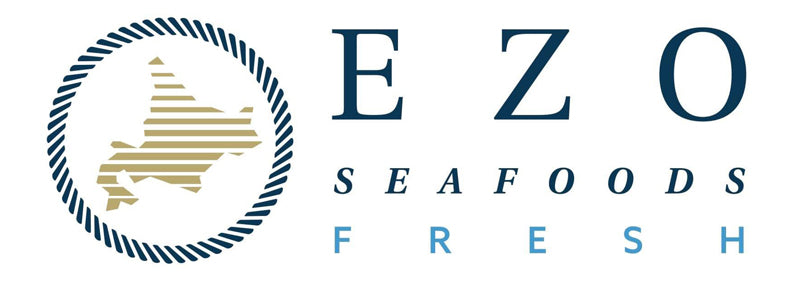
Hokkaido is renowned for its succulent crab, drawing visitors to seafood markets in Hakodate, Sapporo, and Otaru, as well as large tourist-oriented restaurants in Sapporo. Crab tops the list of “must-eat” seafood in Hokkaido. However, purchasing the best crab can be challenging due to the variety of options, often unclear origins, and difficulty in assessing quality and price.
Types of Hokkaido Crab:
1. Red King Crab ('TARABAGANI')

- Size of Whole Live crab between 1.5 and 3.5kgs, with juicy, chunky meat. Not fiddly like some smaller crabs.
- Supply for whole LIVE crabs limited, pre-order required, cost around ¥50-60,000 depending on size/market price.
- Norway or Alaska crab is sometimes sneakily sold as "Hokkaido Crab" to meet demand.
- The more popular way to buy is frozen clusters of legs -- sold in airports/supermarkets (typically 5 hours to thaw). Approximately ¥25,000 per kilo (Dec 2025).
- Frozen/thawed crab can have a washed out flavor due to inconsistent boiling.
- King Red Crab is caught/boiled/frozen n the Kamchatka region (Russia) and sold into Hokkaido.
2. Hairy Crab ('KEGANI'):

- Smaller, weighing between 400-800 grams, with a delicate, fragrant taste.
- Sold whole, often frozen, and known for its 'miso' (crab brain) used in soups.
- Caught around the Pacific coastline of Hokkaido during winter.
- Prices have risen due to limited supply and increased demand.
- More truly local to Hokkaido compared to King Crab.
3. Snow Crab ('ZUWAIGANI'):

- Long, thin legs with a soft shell, sweet, and juicy meat.
- More affordable and commonly served in mainstream hotels and ryokans.
- Caught in the icy waters north of Hokkaido, often sold frozen in clusters.
- Can be superb if handled properly but often dry and stringy due to mishandling.
- Not highly recommended for a real "Hokkaido Crab" experience.
BUYING TIPS:

- Weight: Test the weight of the crab; it should feel heavy for its size, indicating juiciness.
- Shell Fullness: Press the crab leg between your fingers; it should feel firm, not soft.
- Crab Vendors: Seek out specialist crab vendors at markets or shops with seawater tanks.
PRICE EXPECTATIONS
- Crab is a premium product with prices influenced by weather, seasonality, and demand.
- Prices rise about 30% during the Japanese holiday season, especially New Year.
- For just a taste, try a seafood donburi bowl at a market (between ¥2500-¥6000).
- For the full experience, buy a whole live crab (Hairy Crab 500gms ¥18,000-25,000); (King Red Crab ¥50,000 +)
WHERE TO BUY
EZO SEAFOODS FRESH: We have been Niseko's Hokkaido Crab specialists for over 15 years! We stock fresh live Hairy crab and King Red Crab* in our live seafood tanks, which we boil and cut to order.
We inspect the crab meat, and taste regularly,to ensure that only a high standard of crab is sold.
We also sell/recommend superior quality Hokkaido King Red Crab legs, thawed and cut for easy consumption. Approx ¥24,000 per kilo.
(Whole live King Red Crab should be ordered in advance)
- Sapporo Morning Market: Located a couple of streets back from the curbside shops, favored by locals. Prices are generally fixed. Ask for the vendor's recommendation (OSUSUME ONEGAISHIMASU).
- Niseko: Widely available. High-end sushi restaurants often serve whole Hairy Crab; while many other places and hotels serve Snow Crab in hotpots ("Crab Kanon"). The Hanazono Crab Ramen features King Crab legs in ramen.
- Supermarkets in Kutchan town: Supermarket stocks shrink wrapped frozen clusters of King Crab crab approx ¥25,000 per kilo (unthawed/uncut). (Kutchan supermarket is a 20 min drive from Niseko Hirafu).
CONCLUSION:
Buying crab as a tourist can be daunting. Familiarize yourself with the different types of crab, decide whether you want just a taste or the full experience, and be prepared for high prices and unavailability.
Avoid major chain restaurants (in Sapporo) and seek out smaller boutique restaurants or seafood suppliers to engage with the vendor and develop trust. Happy crab hunting!




コメント (0)
この記事に対するコメントはありません。真っ先にメッセージを残してください!